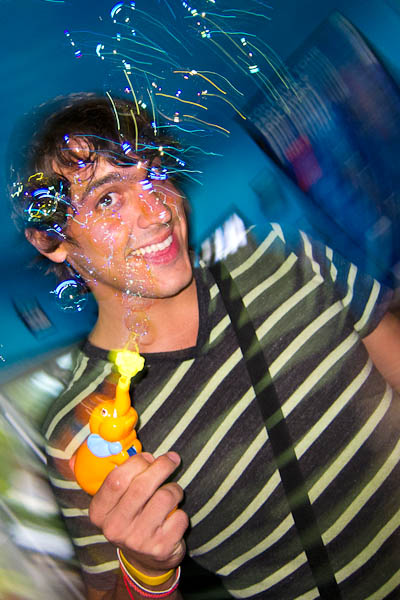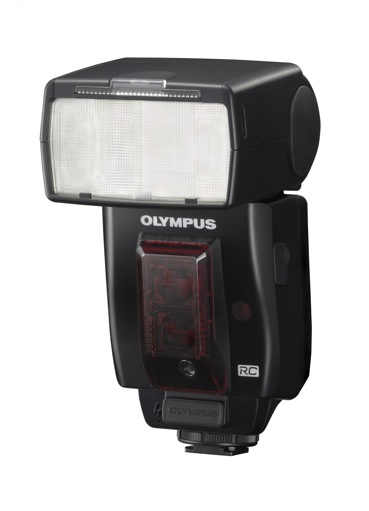It always amazes me how often people just leave their flashes turned on all the time – or, more accurately, how great people’s faith is in the camera’s ‘automatic’ setting. To wit: I recently had the pleasure of dragging myself out at bed before dawn to photograph the sunrise at the legendary Angkor Wat temple in Cambodia. Now, this temple is famous for being beautiful and facing west, which makes it great for sunrises. Multiply that with the fact that Angkor Wat is a tourist trap of epic proportions at the quietest of days, and you might imagine that the place attracts a fair few people.

I got to the location by the light of my flashlight – and slowly the sky started changing colors, as the sun was climbing its slow ascent past the horizon. Unsurprisingly, lots of my fellow tourists were taking photos of the sunset. Surprisingly, a huge proportion of them were taking photos with a flash.
When is a flash useful?
All flashes have a ‘guide number’. This is a number given in feet and meters, and gives a good indication for how far away you can expect the flash to reach. Typically, for a compact camera, the flash range will be 5-7 meters (16-23 ft). The pop-up flash built into an SLR camera can have a range of 10-15 meters (32-49 ft) at the most, and EVIL cameras tend to fall in between the compact cameras.

A flash having to be fully charged and fired at full power isn’t great for your camera’s battery life, and it takes a relatively long time to cycle the power (i.e. from taking a photo, until your camera is ready to take another shot), which isn’t all that helpful when you’re standing around waiting for your camera so you can take another picture.
In general, it’s recommended to try to keep your flash at around 50-70% of its output – this tends to be a nice balance between flash charge time, and battery usage. This means that on a compact camera, you should only expect about 3 meters (10 ft) of useable flash range. That’s perfect for indoor snapshot portraits when it’s dark, and not for a lot else.
If you want a flash that charges faster and has significantly more power, start looking for an accessory flash.

When’s the flash not useful?
The built-in flash isn’t very powerful – so unless you are taking a photo of someone that’s close enough that you can throw a stuffed animal at them, turn off your flash.
Whatever you do, don’t be one of the hundreds and hundreds people at a famous landmark after sunset, taking photos with your compact camera with the built-in flash turned on: There’s no way your flash is going to reach that building 600 yards away, so you may as well save your battery…
Do you enjoy a smattering of random photography links? Well, squire, I welcome thee to join me on Twitter - Follow @Photocritic
© Kamps Consulting Ltd. This article is licenced for use on Pixiq only. Please do not reproduce wholly or in part without a license. More info.





